Relatively recently, YouTube launched a new service that allows you to buy or rent movies from the network's existing gallery. It is thus trying to break into VOD (Video On Demand) services and take a percentage of them. Instead of targeting Netflix, HBO GO, and Prime Video, it's going down a more similar path that iTunes, now Apple TV+, offered. You can rent the content or buy it outright. In the case of Apple's distribution, however, there is a catch.
It could be interest you
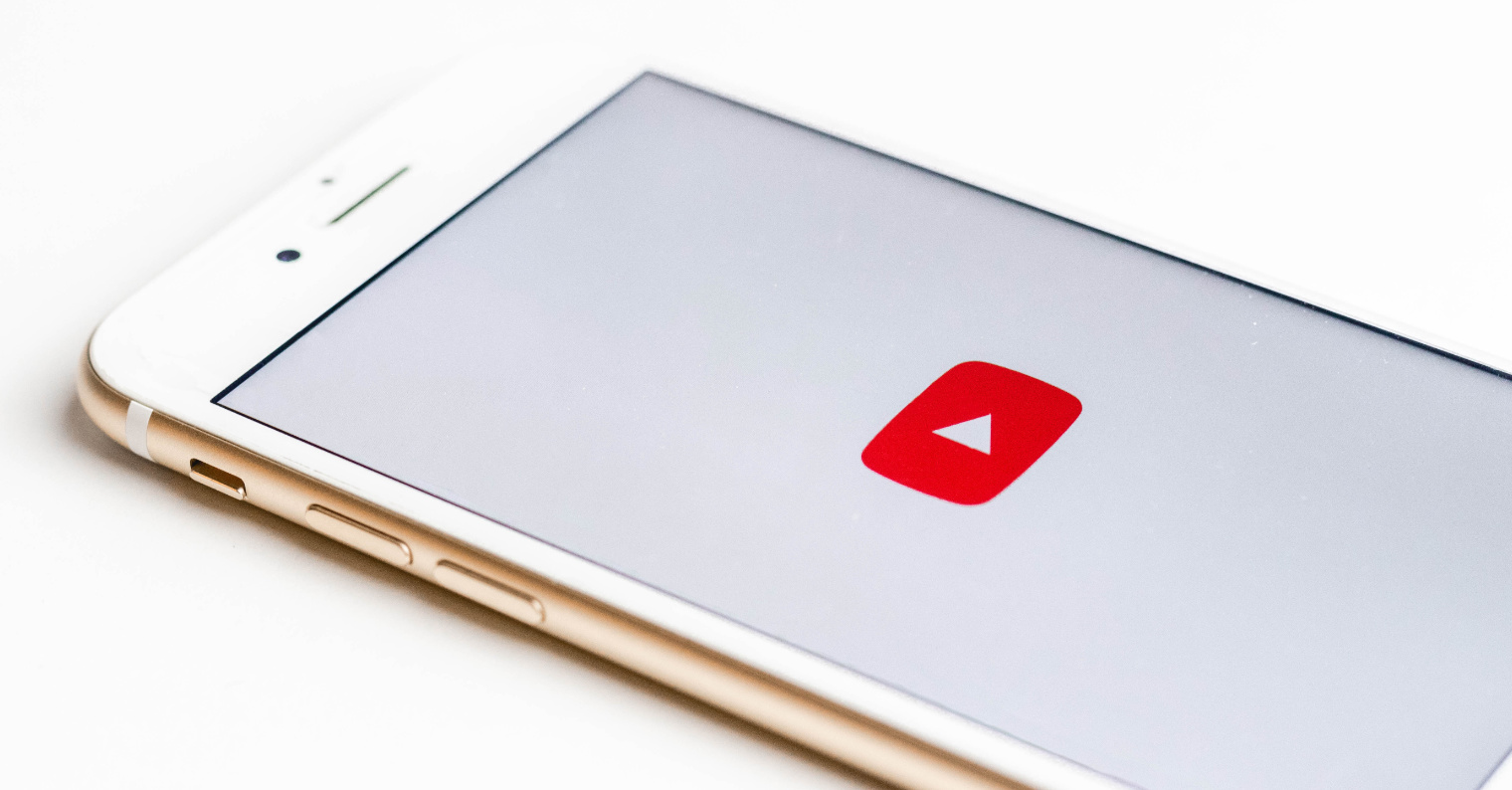
YouTube has offered a form of subscription for quite some time. Its advantage is in video content without ads, the ability to consume it offline and in the background of the device, while YouTube Music is also part of the subscription. You can try everything in the iOS application for free for one month, then you will pay CZK 239 per month. Family sharing is also present. You are logged in to the service with your user account, which allows you to synchronize content across devices, and of course not only between Apple devices. This applies both to subscriptions and to content that you purchase/rent. If you look in the iOS app, the value of purchased/rented content varies depending on how exclusive it is. You can find movies in the tab Explore and card Movies.
For example, The Lord of the Rings: The Return of the King in the extended version will cost you CZK 399 in HD quality, as well as the still popular Nolan's Insterstellar, which is still one of the most streamed films in the country. You can already watch Wonder Woman in UHD quality for the same money, and you can also rent it for CZK 79. So what's the catch? Of course included in the price.
It could be interest you
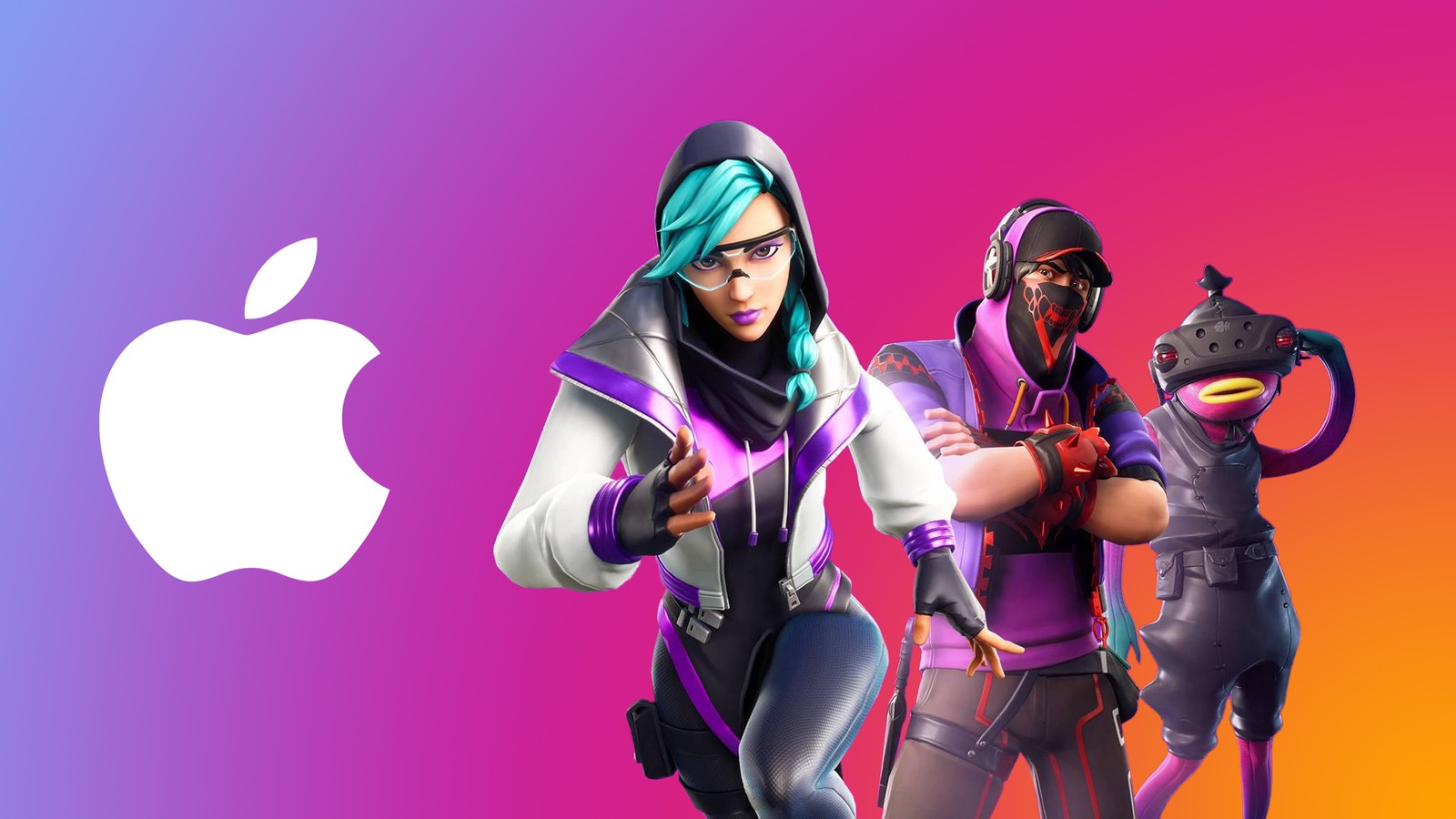
Don't make purchases in iOS apps
If you buy any content on the iOS platform, certain "tithes" also go to Apple. It is now relatively lively around this, when at least the company Epic Games is trying to change these captive customs. In the developer's defense, sometimes it does make sense, and Apple's behavior seems somewhat unfair. For applications and games that are distributed exclusively on iOS and do not have a version for other platforms, this does not matter as much as where you can use the given title/service, for example, also on Android or only in a web browser, which is precisely the case with the YouTube network.
So if you buy a network subscription within iOS, you simply pay more than on the web. If you then buy or rent a movie, you will still pay more in iOS than on the web. Why? Because of course Apple no longer takes anything for web transactions, there is no money for it. The paradox here is that you can get that cheaper price on the iOS platform as well, only you can't make purchases within the app, but in a web browser. The price differences are not small, after all, you can judge them yourself below.
YouTube Premium:
- Subscription price in the iOS app: 239 CZK
- Website subscription price: 179 CZK
- Difference: 60 CZK per month, Apple takes 33,52% of each subscription
- So if you subscribe on the website, you will save annually 720 CZK.
Buy a YouTube movie
- Price of a specific movie in the iOS application: 399 CZK
- Price of a specific movie on the website: 320 CZK
- Difference: 79 CZK, Apple will thus take 24,69% of every movie purchased in this price range
Rent a YouTube movie
- The price of a specific movie rental in the iOS application: 79 CZK
- The price of a specific movie rental on the website: 71 CZK
- Difference: 8 CZK, Apple will thus take 9,72% from each rental of a specific movie in this price range
What follows from this? Buy content on the site. Thanks to logging in and synchronizing the content, it will also be reflected within the applications. At the same time, this is not only the case of YouTube, it was only used as an example. You will find a similar situation everywhere, across all applications and all games that are cross-platform. The markup Apple charges is always above the funds required from you by the developer, provider, service...
 Flying around the world with Apple
Flying around the world with Apple 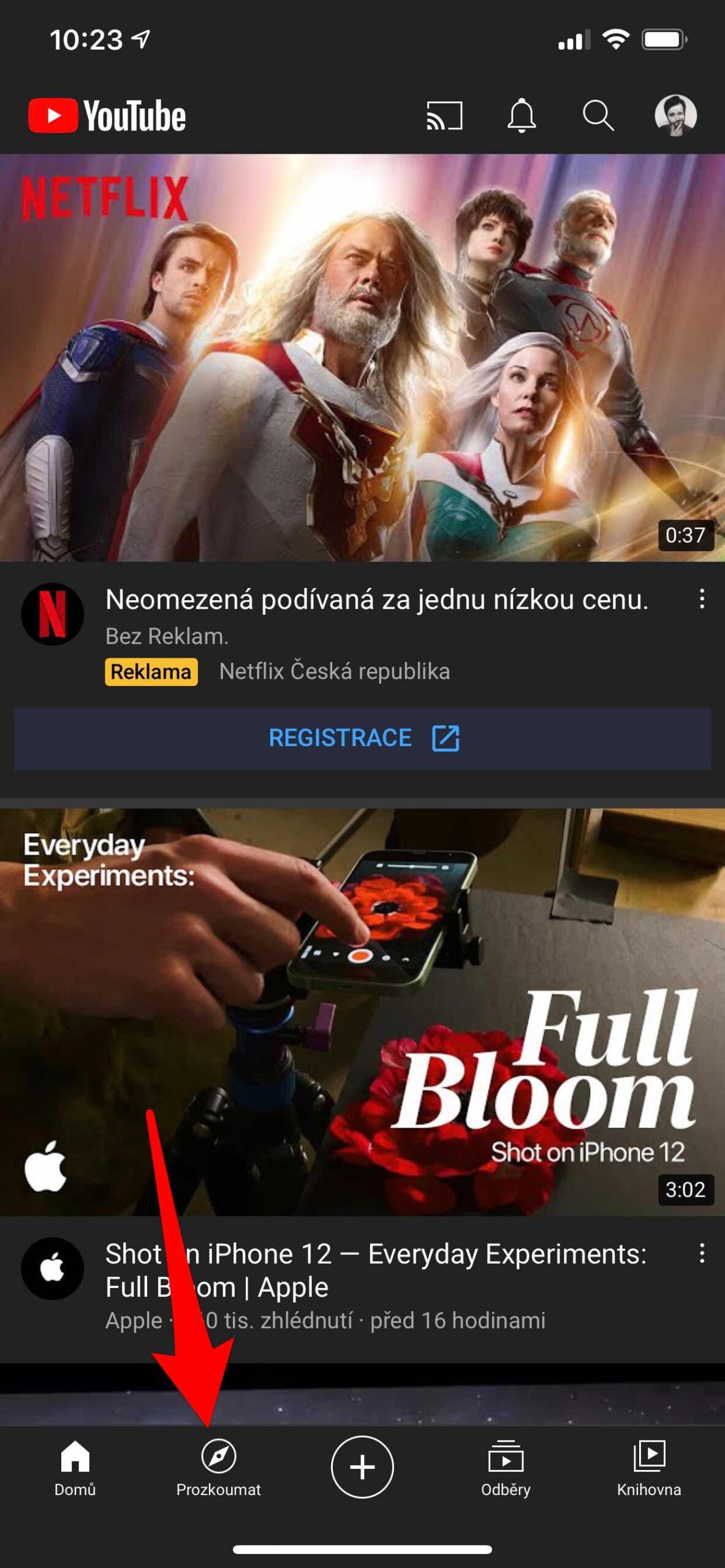
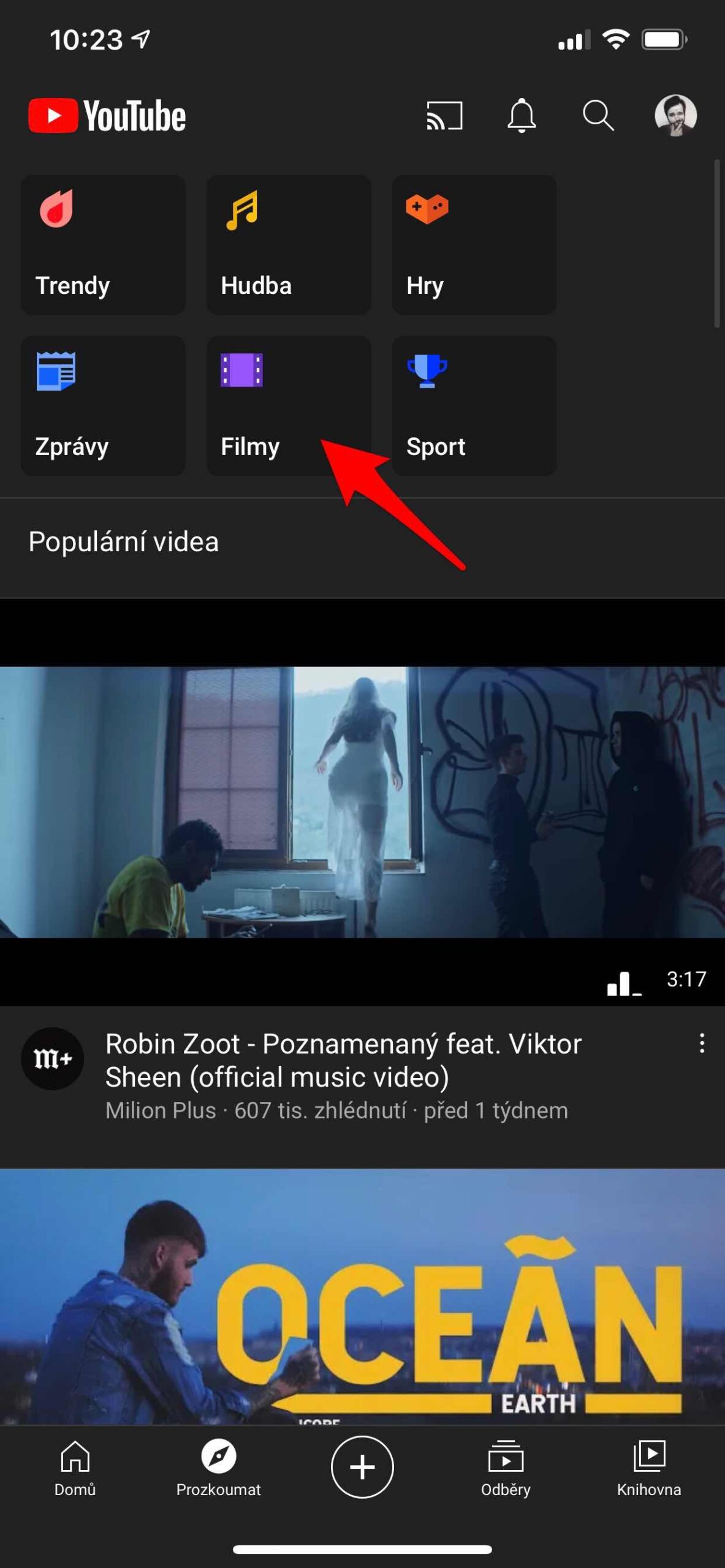
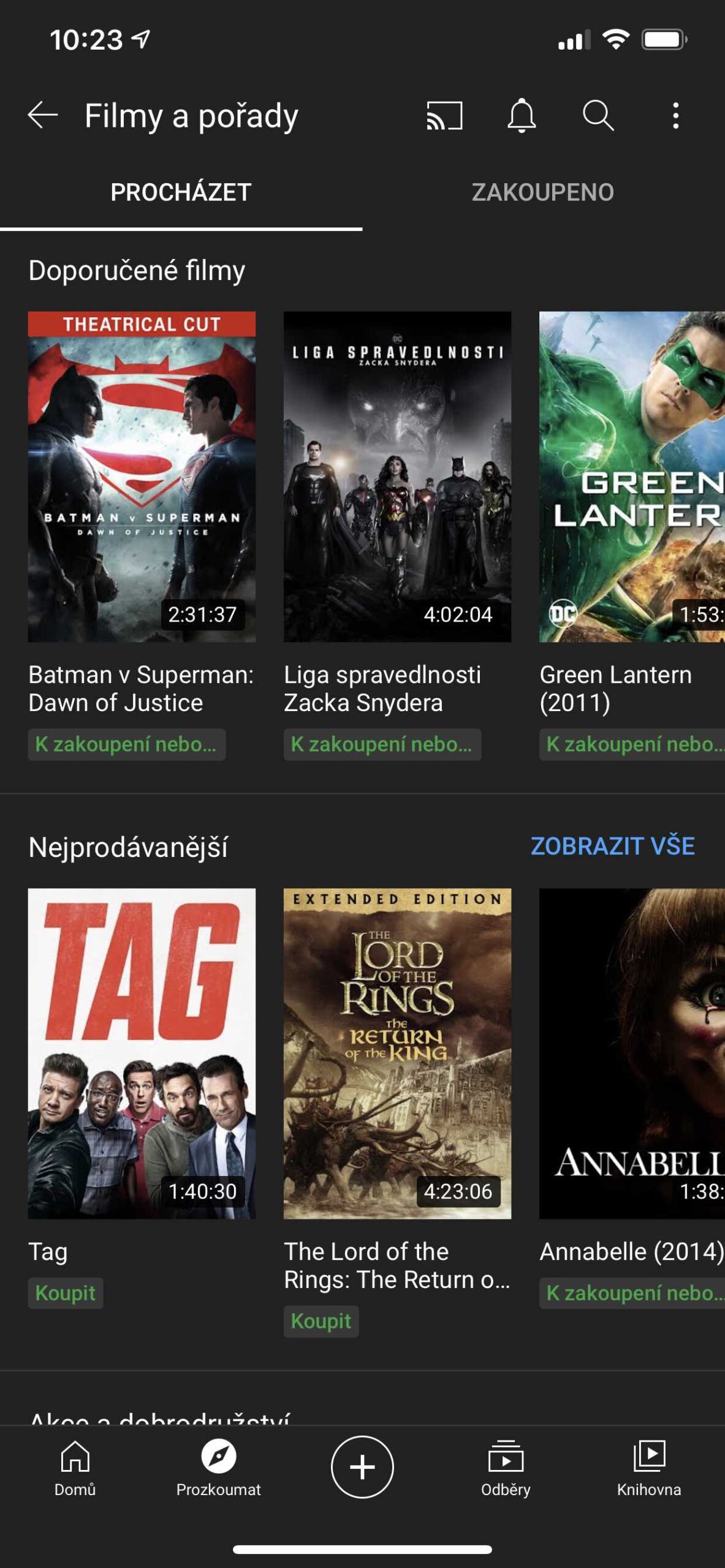
 Adam Kos
Adam Kos 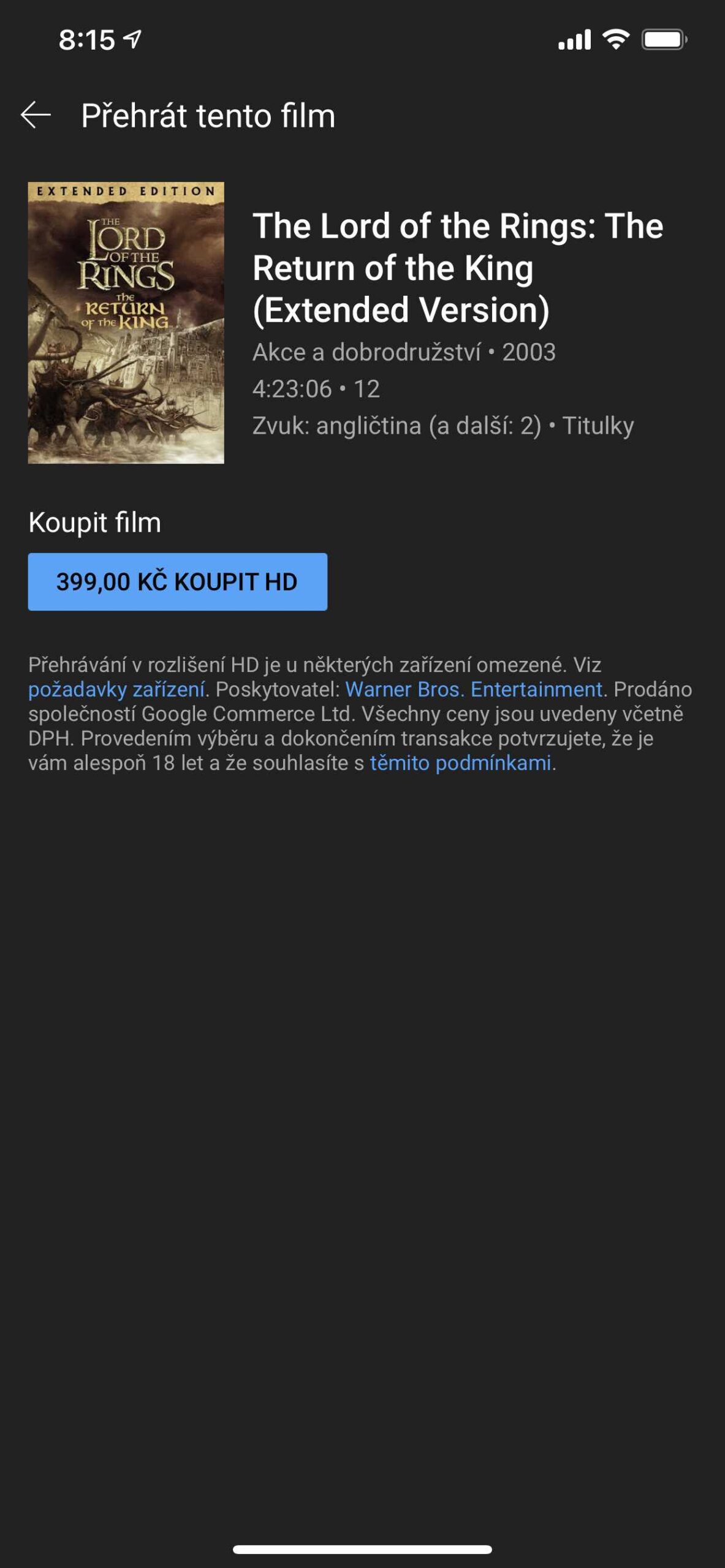
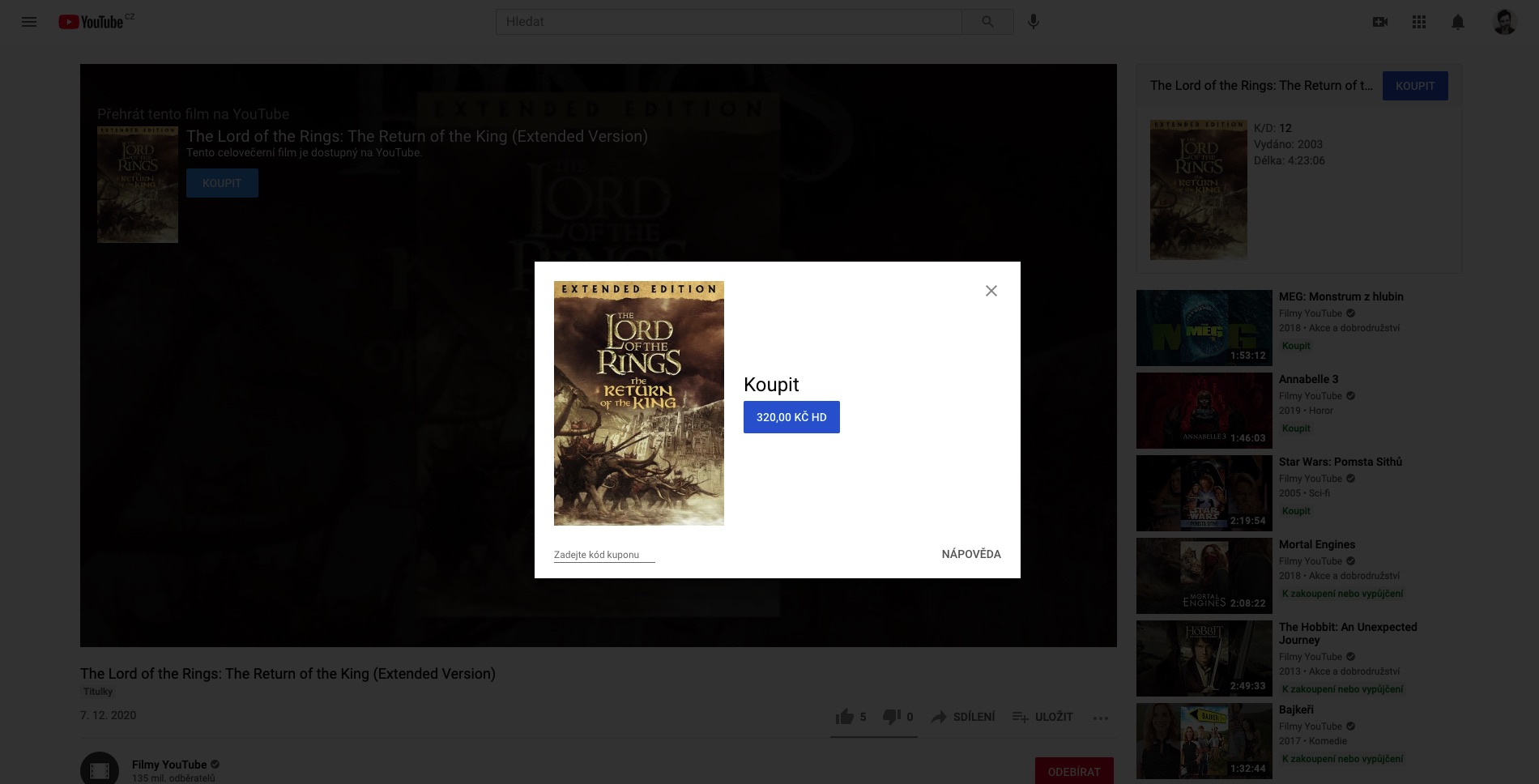
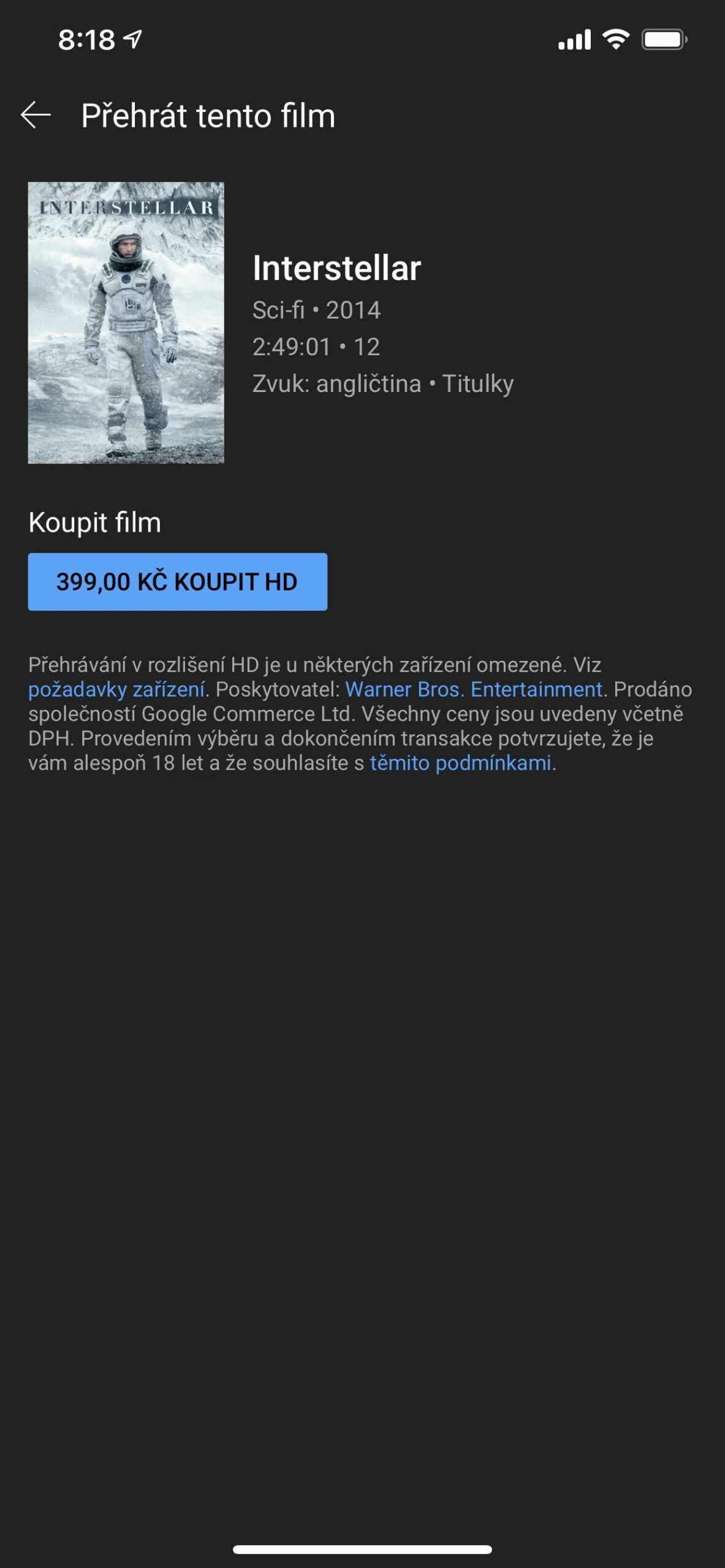

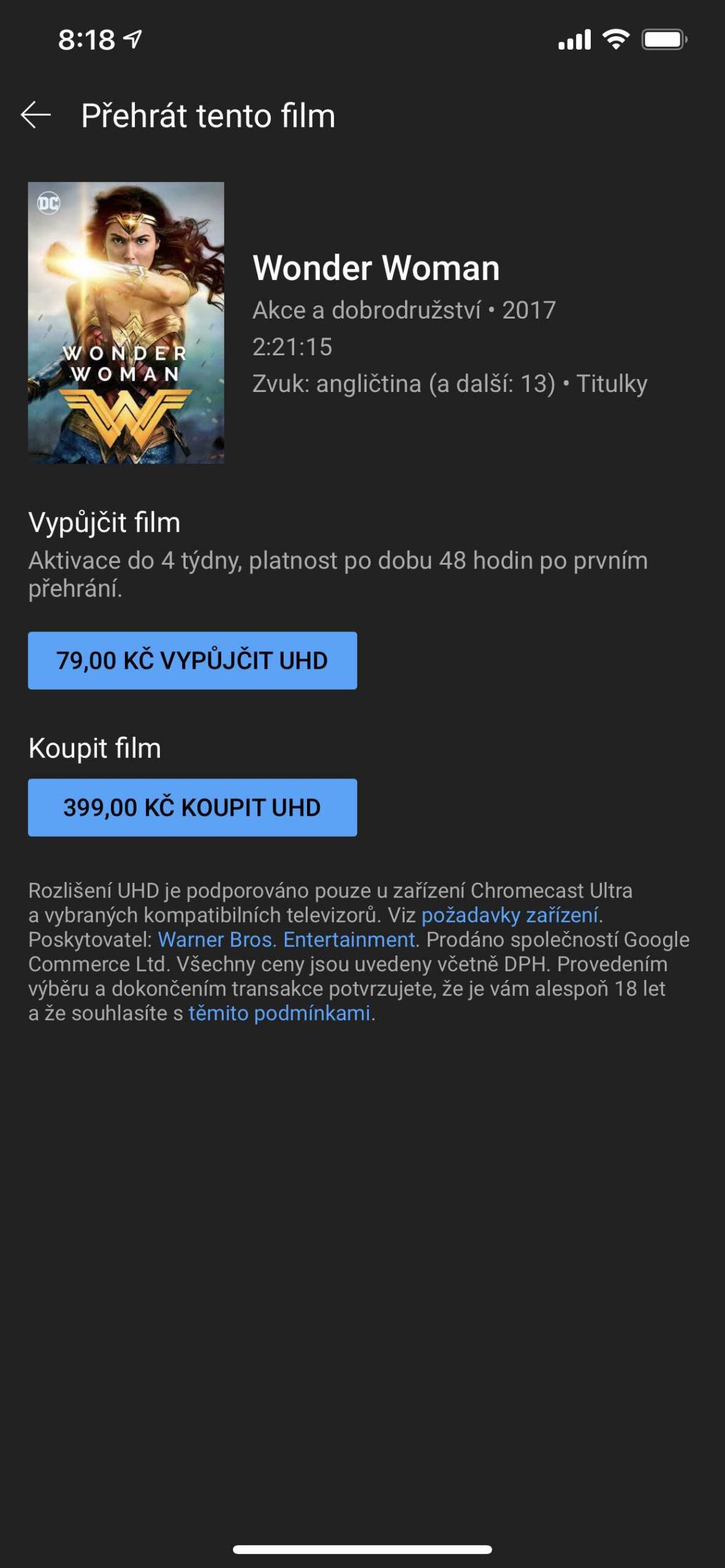

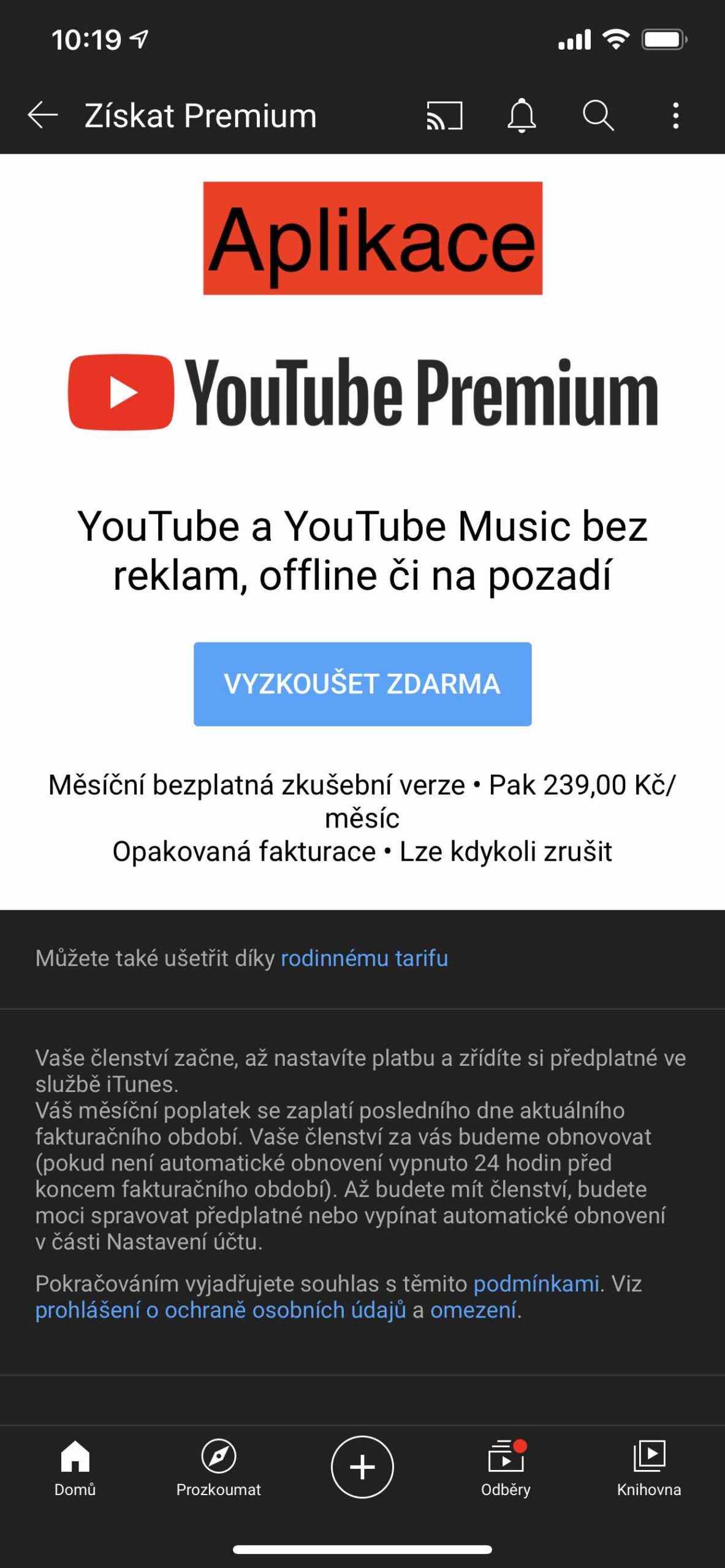
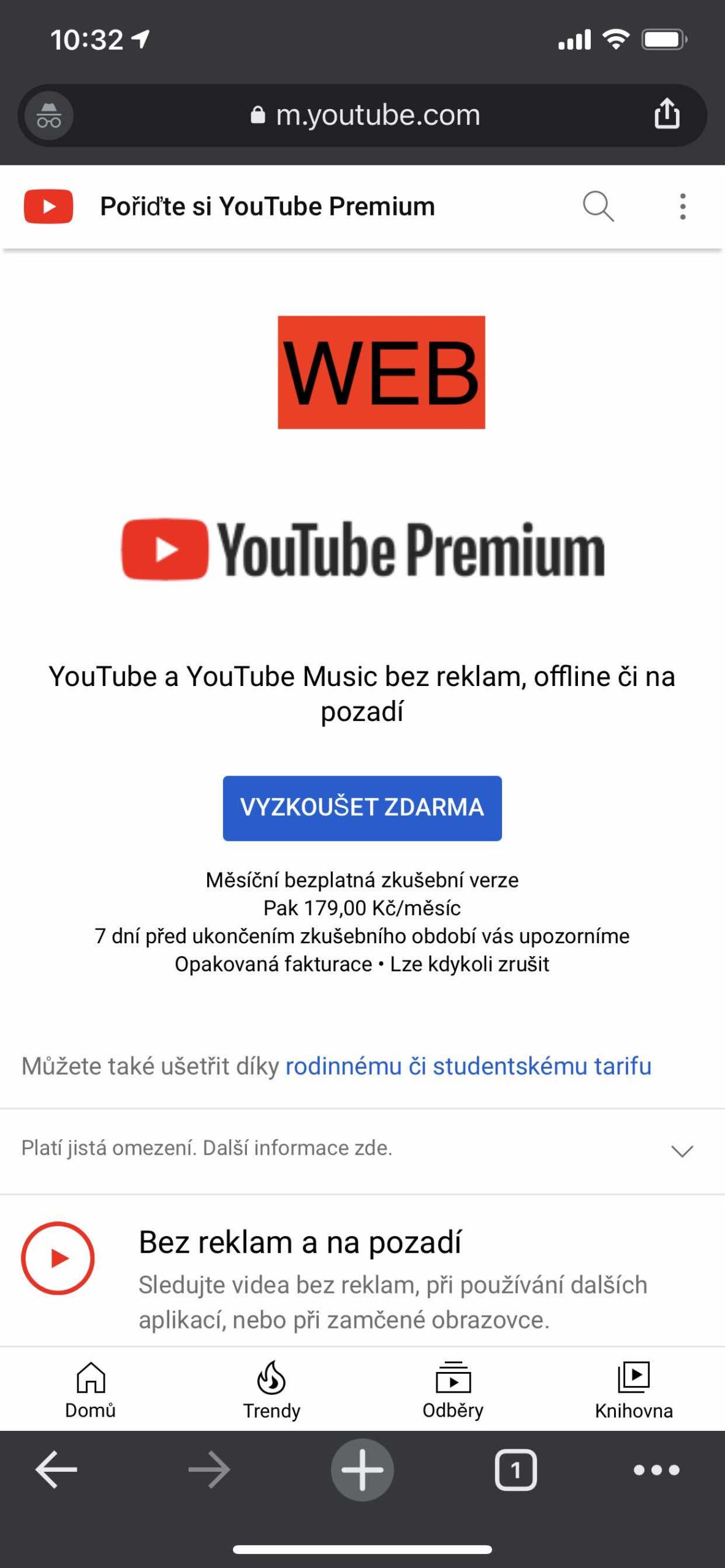
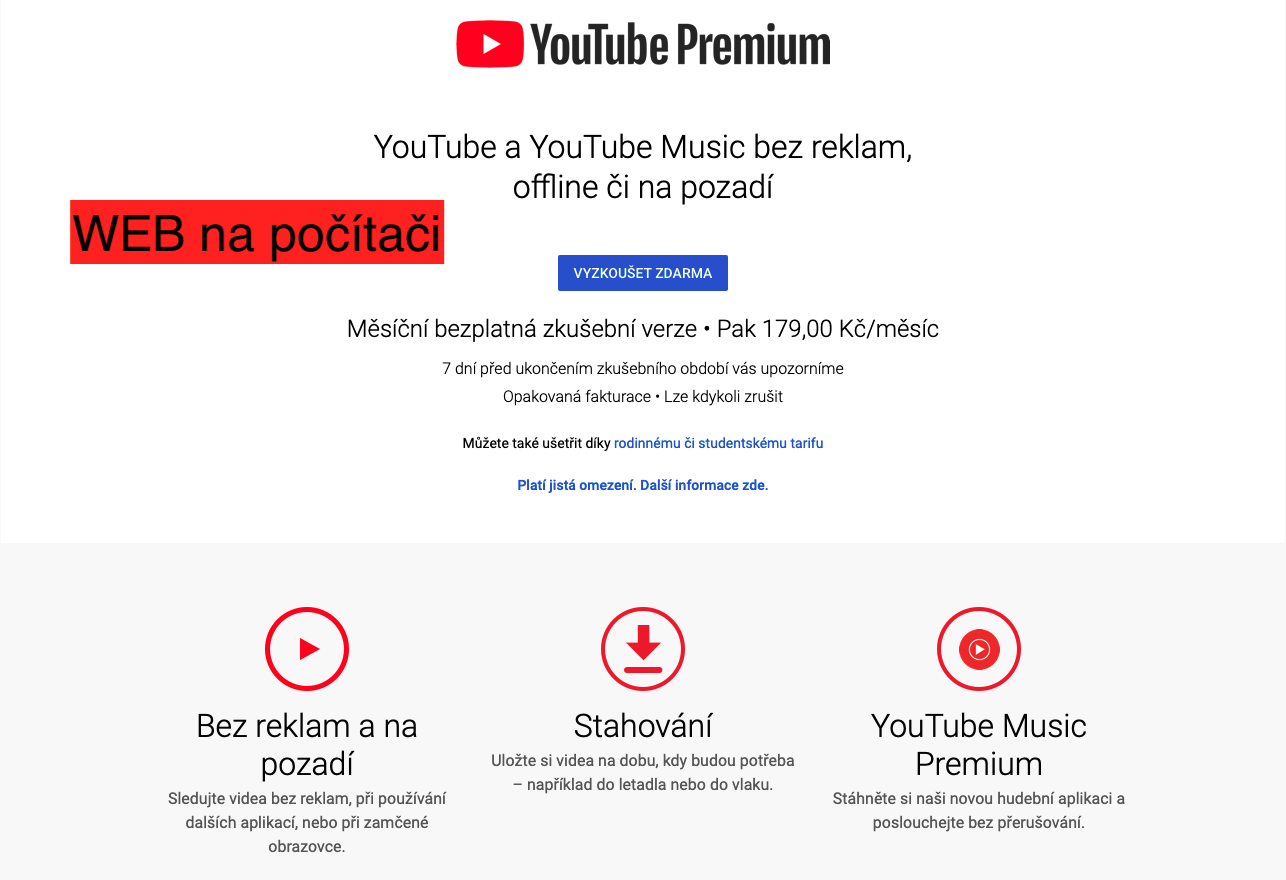
Anyone who isn't a complete idiot can get YouTube premium for 12 medics for $16,99!
Where? Well, on Aliexpress, after all 😂
And who is a bit smarter, throw a jailbreak, download the cercube tweak and I can save that one. Cash, but iOvce don't know much :D
So if smarter means thief, then OK. But that's not a legal way, so I'm not interested. I also prefer to be paid for my work.
It works the same way on the Audioteka. I basically buy books through the Audiotéky website, I just listen through the app.
"Difference: CZK 8, Apple thus takes 9,72% from each rental of a specific movie in this price range"
Do I understand correctly that if the price was the same, then the author of the article would start claiming that Apple stopped charging the tithes? :D
I think so too, but these are comparisons like Tesco vs Lidl and the like. Not what is cheaper in Tesco and something in Lidl. If you have time and enjoy going to stores and comparing, I wish you the best.
The author forgot the fact that the same thing is more expensive in UK or DE than in CZ. You know, just connect to India via VPN and secure a subscription for 2.5 USD :-) That's why I don't understand these articles. This means that these people do not make a living from business.